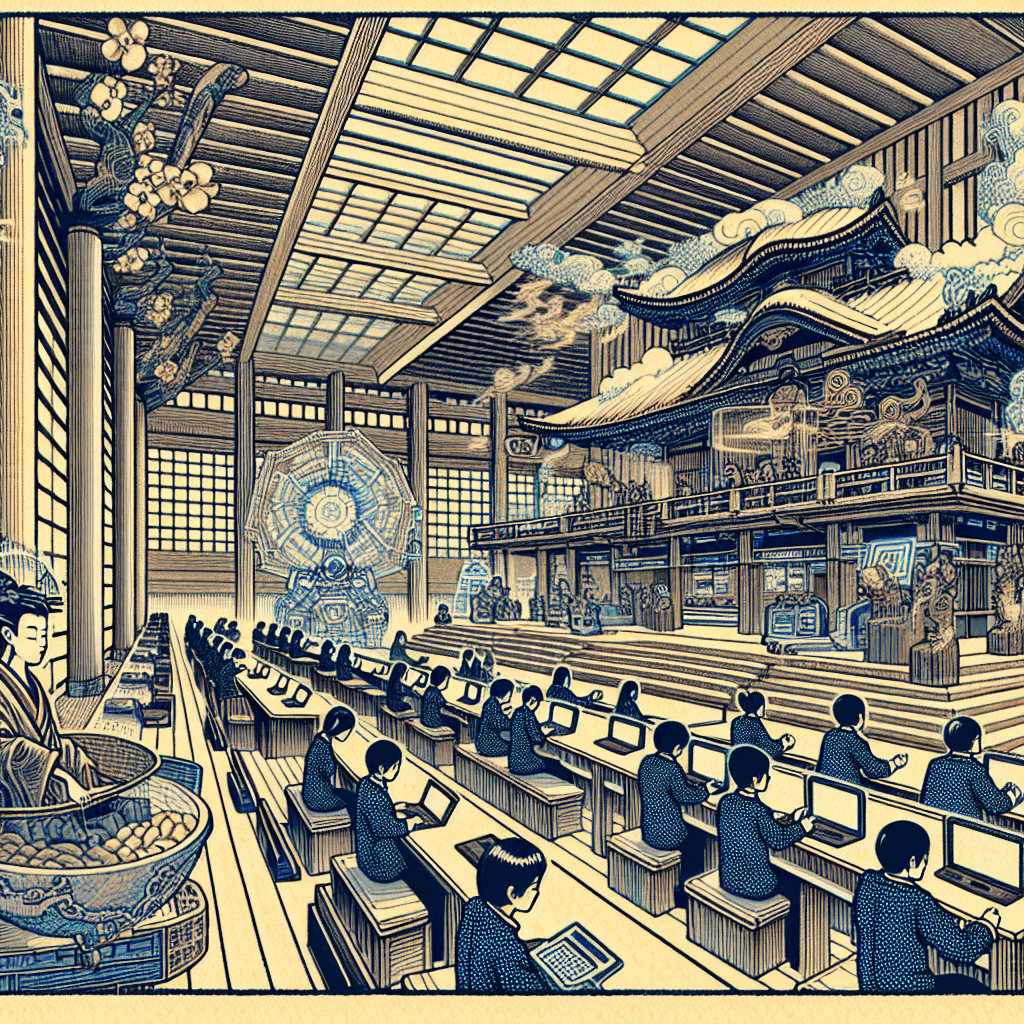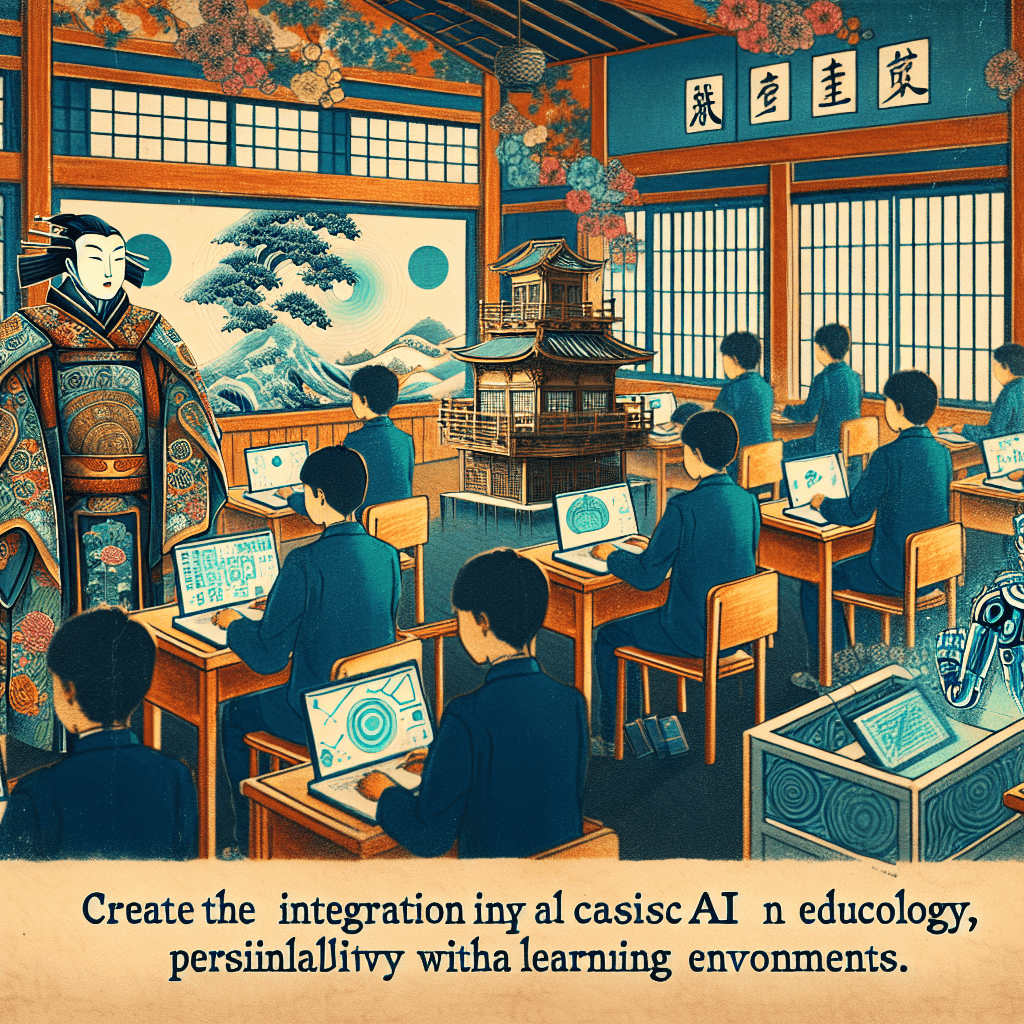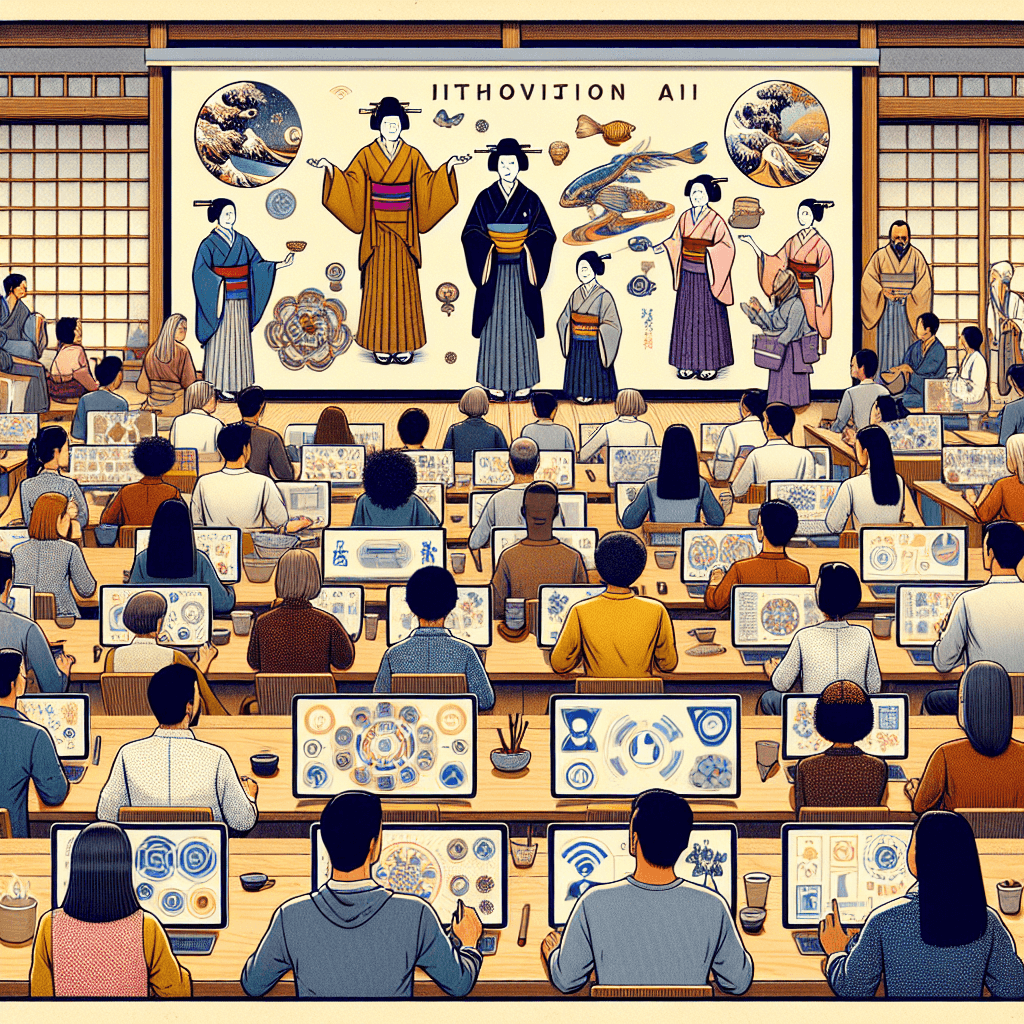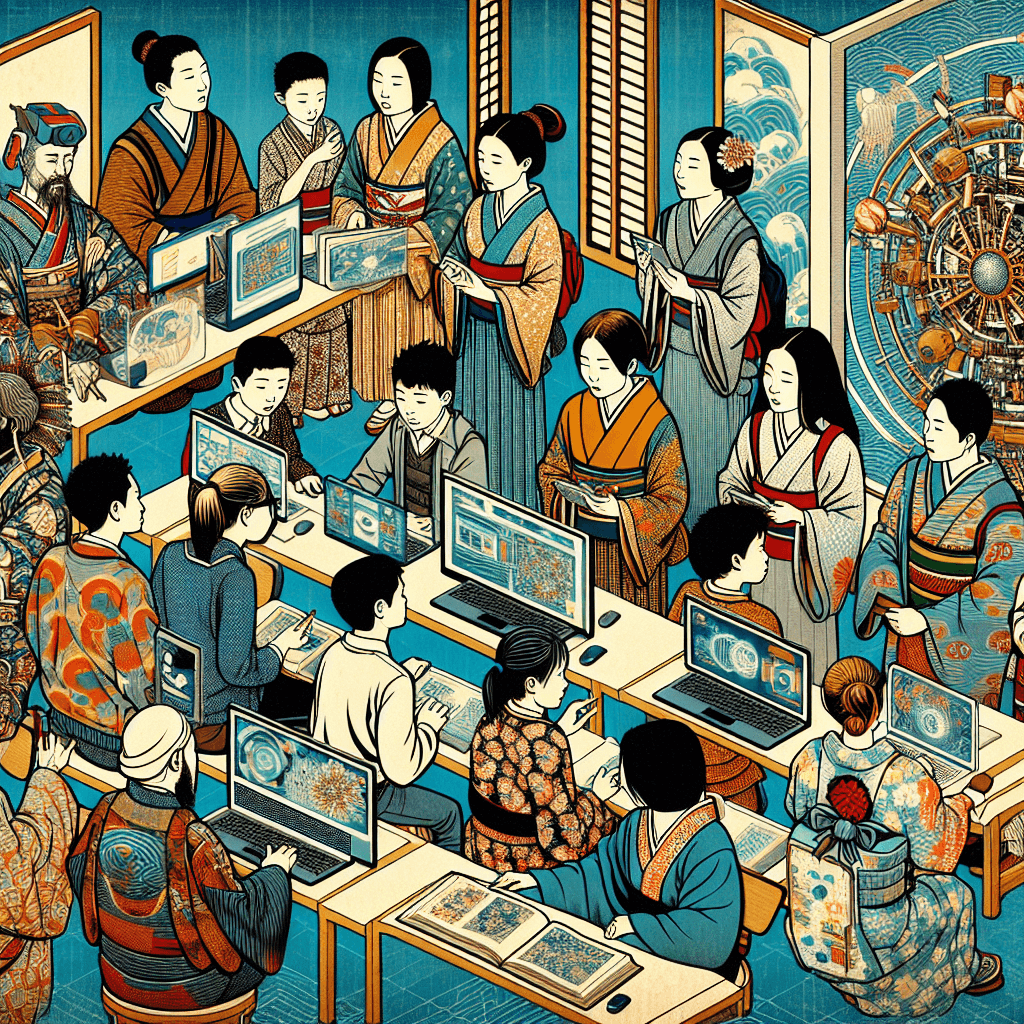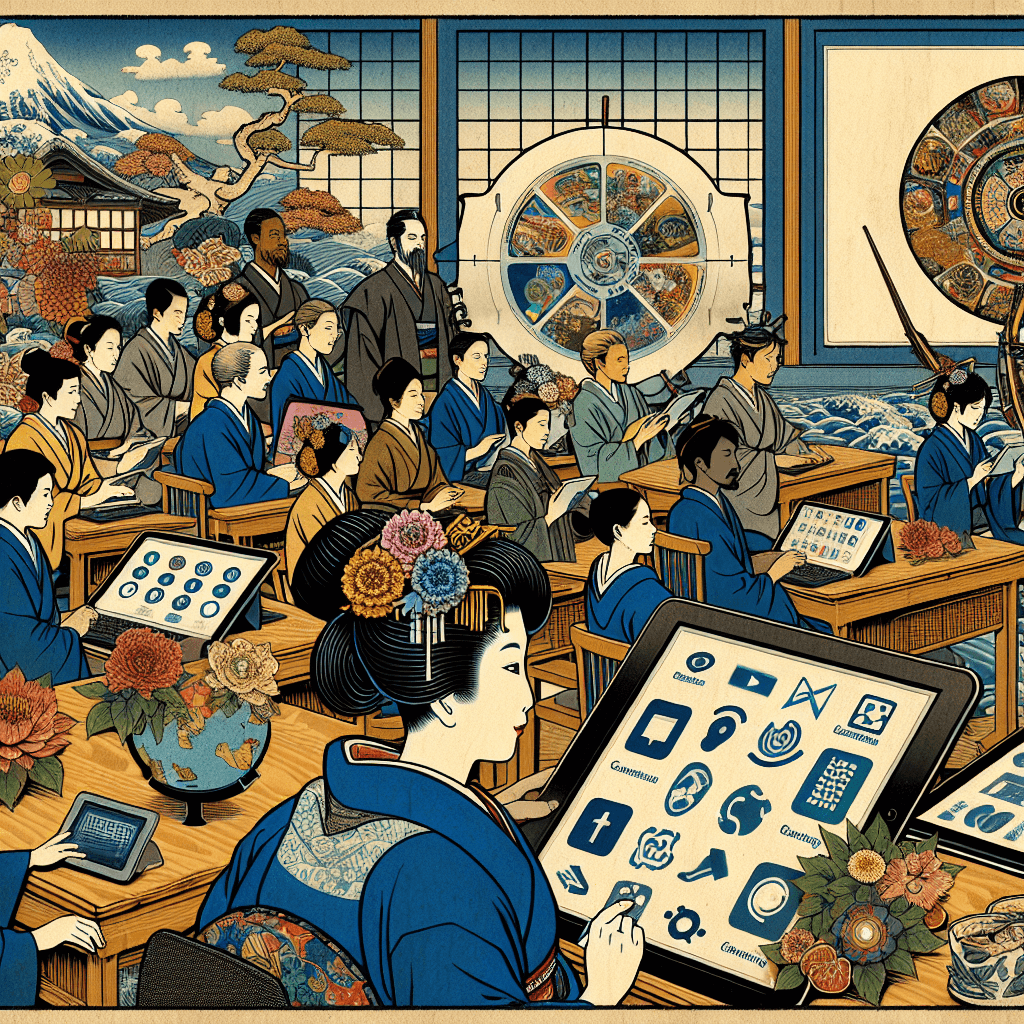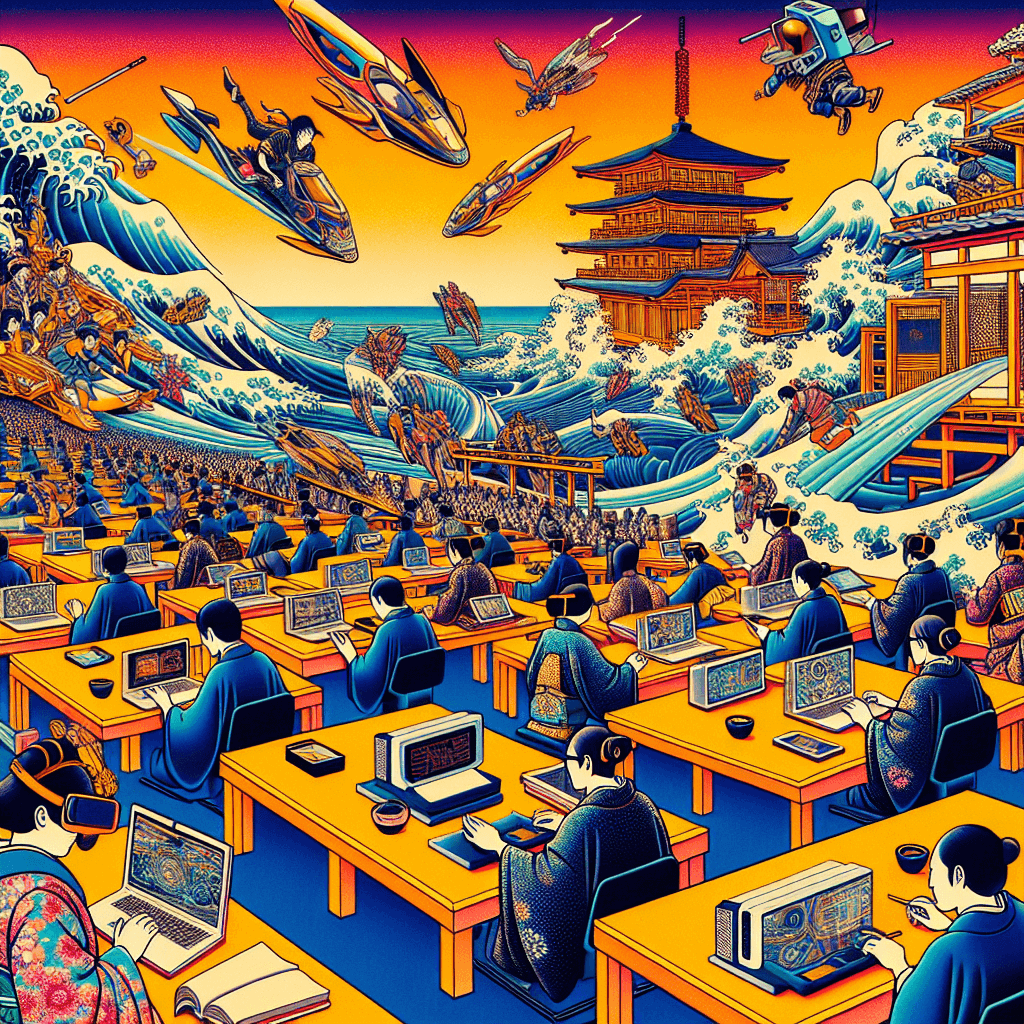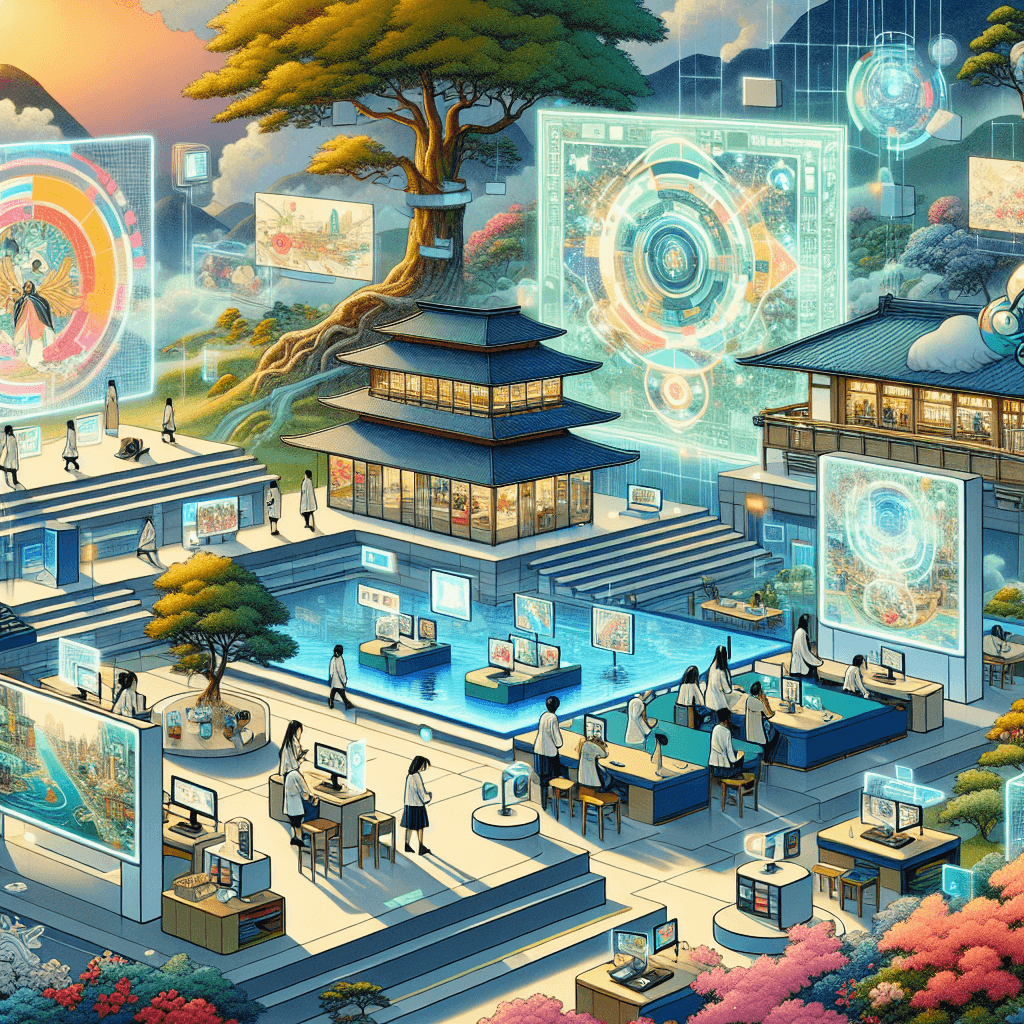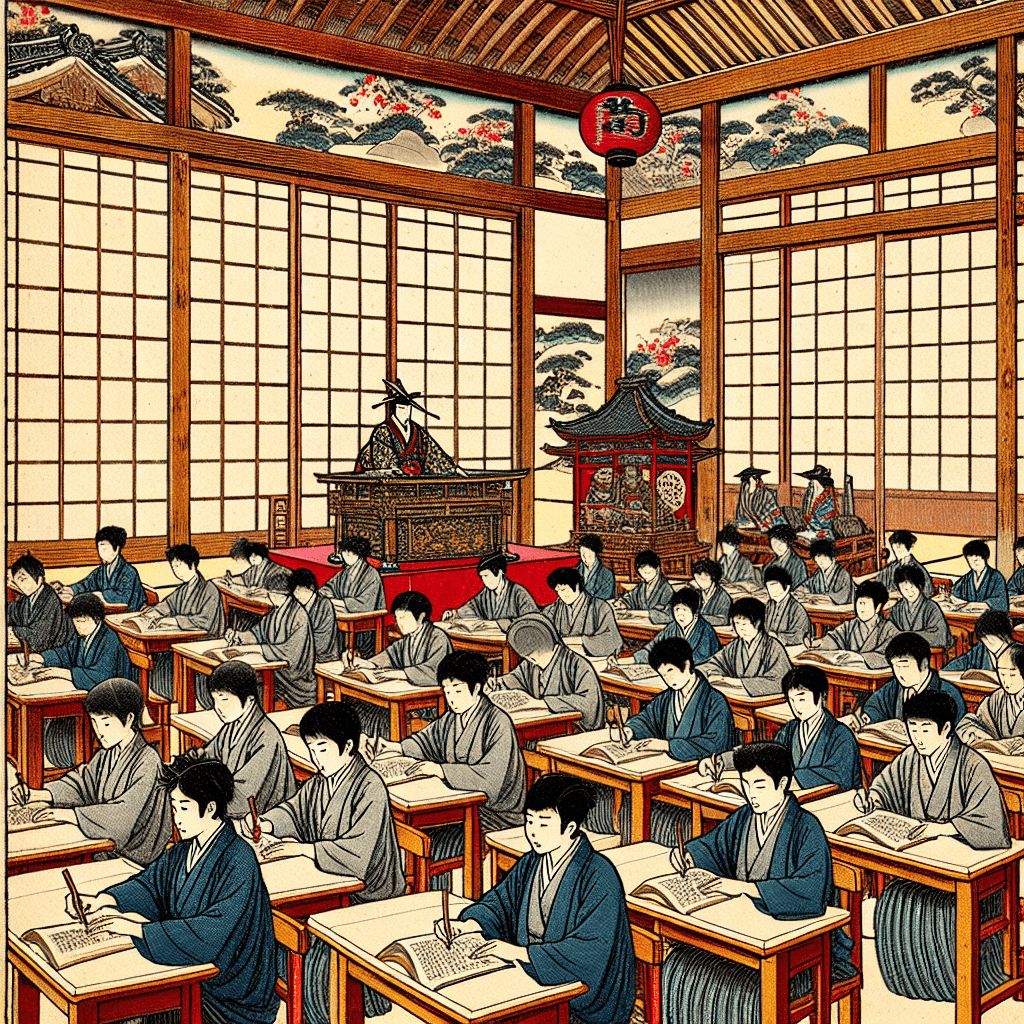The Evolution of EdTech: From Chalkboards to AI
syndu | Sept. 14, 2024, 9:52 p.m.
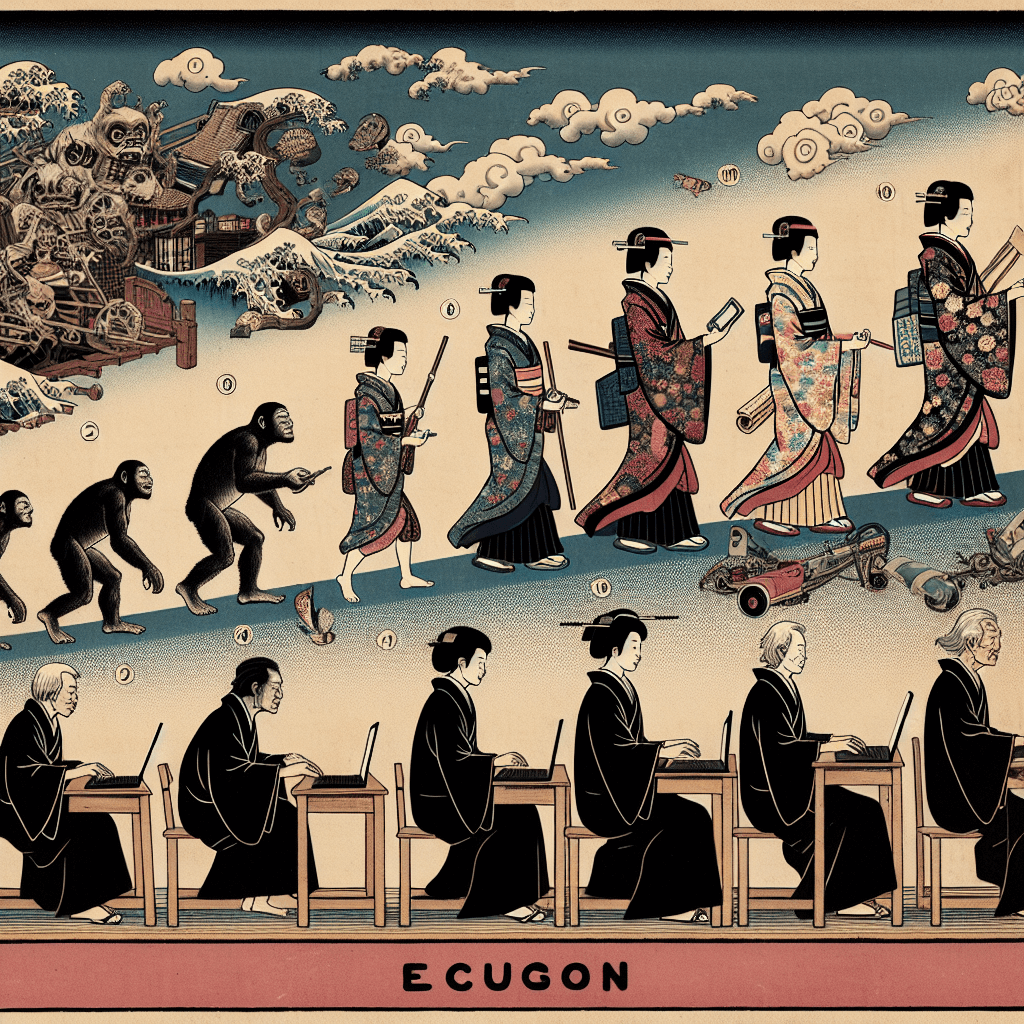
The Evolution of EdTech: From Chalkboards to AI
The landscape of education has undergone a remarkable transformation over the past few decades, driven by technological advancements that have reshaped how we teach and learn. From the humble beginnings of chalkboards to the sophisticated integration of Artificial Intelligence (AI), the journey of educational technology (*EdTech*) is a testament to human ingenuity and the relentless pursuit of knowledge. This blog post explores the history and evolution of EdTech, highlighting key milestones and current trends that are shaping the future of education.
Early Educational Tools: Chalkboards and Textbooks
The story of EdTech begins with the chalkboard, an invention that revolutionized classroom instruction in the 19th century. Introduced in the early 1800s, chalkboards provided a simple yet effective way for teachers to present information to a large group of students. This innovation made it easier to illustrate concepts, solve problems, and engage students in interactive learning.
Textbooks, another cornerstone of traditional education, have been around for centuries. They provided structured content and a standardized curriculum, ensuring that students across different regions received a consistent education. While textbooks have evolved in terms of content and design, their fundamental purpose remains the same: to serve as a reliable source of knowledge.
The Introduction of Computers in Classrooms
The 1980s marked a significant turning point in the history of EdTech with the introduction of personal computers in classrooms. Early adopters recognized the potential of computers to enhance learning experiences and improve educational outcomes. Programs like LOGO, a programming language designed for education, allowed students to develop problem-solving skills and logical thinking.
As computers became more affordable and accessible, schools began to integrate them into their curricula. Computer labs became a common feature in educational institutions, providing students with hands-on experience in using technology. This era laid the foundation for the digital revolution in education.
The Rise of the Internet and Online Learning Platforms
The advent of the internet in the 1990s brought about a paradigm shift in education. The World Wide Web opened up a world of information and resources, making learning more accessible than ever before. Online learning platforms emerged, offering courses and educational materials to students worldwide.
One of the earliest and most influential online learning platforms was the Massachusetts Institute of Technology's (MIT) OpenCourseWare, launched in 2002. This initiative provided free access to course materials from MIT's curriculum, democratizing education and inspiring other institutions to follow suit.
The 2000s saw the development of Learning Management Systems (*LMS*) like Blackboard and Moodle, which facilitated the administration, documentation, and delivery of educational content. These platforms enabled educators to create and manage online courses, track student progress, and foster collaboration among learners.
The Emergence of MOOCs and AI-Driven Learning Tools
The 2010s witnessed the rise of Massive Open Online Courses (*MOOCs*), which further expanded access to education. Platforms like Coursera, edX, and Udacity offered courses from top universities and institutions, allowing millions of learners to acquire new skills and knowledge at their own pace.
AI-driven learning tools also began to gain traction during this period. These tools leverage artificial intelligence to provide personalized learning experiences, adapt to individual student needs, and offer real-time feedback. Examples include DreamBox, an adaptive math learning platform, and Carnegie Learning's MATHia, an AI-driven math tutoring system.
Current Trends: AI, VR/AR, and Personalized Learning
Today, the integration of AI, Virtual Reality (*VR*), and Augmented Reality (*AR*) is pushing the boundaries of what is possible in education. AI algorithms analyze student data to tailor educational content, predict performance, and identify at-risk students. VR and AR technologies create immersive learning experiences, allowing students to explore historical sites, conduct virtual experiments, and interact with 3D models.
Personalized learning platforms are also on the rise, offering customized learning paths based on individual student performance and preferences. These platforms empower students to learn at their own pace, ensuring that they receive the support they need to succeed.
Conclusion
The evolution of EdTech from chalkboards to AI is a testament to the transformative power of technology in education. Each milestone has brought us closer to a more inclusive, engaging, and effective learning environment. As we look to the future, it is clear that technology will continue to play a pivotal role in shaping the educational landscape, providing new opportunities for learners and educators alike.
Title: The Evolution of EdTech: From Chalkboards to AI
Summary: This blog post explores the history and evolution of educational technology (EdTech), highlighting key milestones from the introduction of chalkboards and textbooks to the integration of AI, VR, and personalized learning platforms. It provides an insightful overview of how technology has transformed education and what the future holds for EdTech.
Key Points:
- Early Educational Tools: Chalkboards and Textbooks
- The Introduction of Computers in Classrooms
- The Rise of the Internet and Online Learning Platforms
- The Emergence of MOOCs and AI-Driven Learning Tools
- Current Trends: AI, VR/AR, and Personalized Learning
Goal: To provide a comprehensive overview of the evolution of EdTech, inspiring educators and stakeholders to embrace technological advancements in education.
